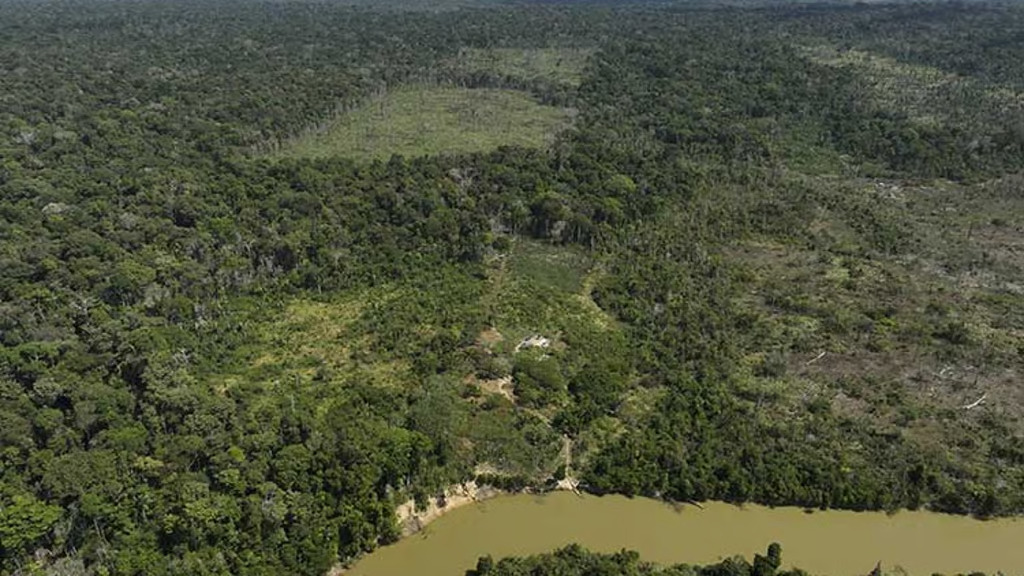Brazil’s Amazon has seen a significant reduction in deforestation, according to official data. The forest loss has decreased by 30.6% compared to the previous year. This marks the lowest level of forest destruction in nearly a decade. The figures highlight a positive shift in environmental conservation efforts within the region.
The Amazon rainforest, often referred to as the “lungs of the Earth,” is vital for its capacity to absorb carbon dioxide and regulate the world’s oxygen. Deforestation has long been a concern due to its impact on biodiversity and climate change. Officials attribute the recent decrease to stringent policies and active conservation measures.
In the past, deforestation in Brazil’s Amazon has been driven by agricultural expansion, illegal logging, and land grabbing. These activities have led to significant forest loss and environmental degradation. The Brazilian government has been under pressure both domestically and internationally to address these issues and protect the Amazon. The recent decline in deforestation is seen as a response to this pressure.
Several initiatives have been undertaken to curb deforestation. The Brazilian government has increased surveillance and enforcement measures in the Amazon region. This includes deploying more field agents and utilizing satellite imagery to monitor illegal activities. A series of fines and legal actions have been taken against offenders, which has been a deterrent to illegal deforestation.
Local communities and indigenous groups have also played a crucial role in protecting the Amazon. Many indigenous peoples rely on the forest for their livelihoods and cultural practices. They have partnered with environmental organizations to safeguard their territories from encroachment and exploitation.
International support has also been significant in reducing deforestation rates. Brazil has received funding and technological assistance from various countries and organizations. These efforts aim to support sustainable development in the region and provide alternatives to deforestation.
Environmentalists and conservationists have cautiously welcomed the decrease in deforestation. They stress the importance of maintaining and further enhancing these efforts. The Amazon remains under threat from various factors, including political shifts, economic pressures, and climate change. Continuous vigilance and commitment are required to ensure the long-term preservation of the rainforest.
The recent data provides hope that the trajectory of deforestation in the Amazon can be reversed. It underscores the importance of coordinated efforts among governments, communities, and international stakeholders. The success in Brazil could serve as a model for other regions facing similar challenges.
The decrease in deforestation aligns with global efforts to address climate change and preserve biodiversity. It contributes to Brazil’s commitment to international climate agreements and environmental goals. The positive trend in the Amazon is a step toward achieving these objectives.
Monitoring and transparency remain essential in tracking progress and holding accountable those who threaten the rainforest. Brazil’s continued focus on sustainable practices and conservation policies will be critical in maintaining the gains made.

